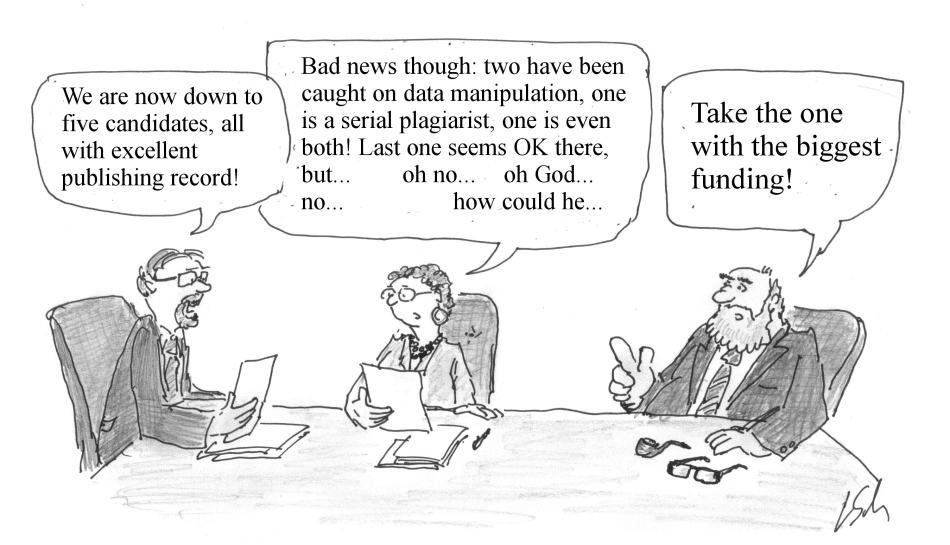Frances Saldana, at a stem cell agency meeting last year, spoke emotionally about the loss of her three children to Huntington's disease.
Directors of the California stem cell agency this morning approved $18 million in clinical stage research awards, including a "high risk" plan to tackle a degenerative brain disease for which there is no treatment.
Action on the proposal to create a therapy for the genetic disorder, Huntington's disease, came after a woman who lost all of her three children to the affliction said it has "terrorized my family for generations."
Frances Saldana of Fountain Valley, Ca., wept as she pleaded for approval of the $6 million effort to treat the disease that lingers in her family.
Another patient advocate, Bill Waddington, whose mother died from the affliction, told the agency in a letter,
"Huntington’s disease isn’t just death. It’s complete and utter devastation to families."Maria Millan, president of the stem cell agency, said later in a news release that children born to parents with Huntington's have a 50/50 chance of getting the disease.
Huntington's affects 30,000 persons with another 200,000 at risk. It progresses slowly. Symptoms are unrelenting and include inability to control movement and declining cognition leading to dementia, according to experts. Affected persons usually die within 15 to 20 years after diagnosis,.
The applicant for state stem cell funding, Leslie Thompson of UC Irvine, told the board in a letter,
 |
| Leslie Thompson UC Irvine photo |
"Given the relatively slow progression of HD, care-giving stretches over 10 years or more after the patient loses independence. Patients become completely dependent on family and caregivers, who in turn have an emotional and debilitating economic burden managing the physical, cognitive and psychiatric manifestations of the disease.
"HD can lead to catastrophic events such as homelessness, prolonged hospitalization awaiting placement, or long-term psychiatric placement. The length and severity of the disease has a profound financial and emotional impact on families and health systems. The direct medical costs and costs of disability and care giving for each patient are substantial and pass from one generation to the next."Members of the governing board of the agency, formally known as the California Institute for Regenerative Medicine (CIRM), discussed the application at some length because of a split involving the application reviewers. The summary of comments by reviewers said,
"Reviewers disagreed on whether the treatment offers a significant value to the patients and caregivers. Some reviewers thought the immunosuppression and surgical risk that is required for this cell therapy may outweigh any potential therapeutic benefits given that there are other less invasive treatment options being tested. Others thought that despite the stated risks, any potential treatment for slowing down disease progression is worth pursuing as current alternative therapeutic approaches are still many years away from commercial use."Last month, the agency's reviewers, meeting behind closed doors, approved the award on an 8-1-5 vote with five against funding, eight for funding and one saying the application needs improvement and could be resubmitted. The latest application was, in fact, a resubmission after changes were made to deal with reviewers' concerns. The summary of the latest version described the effort as "high risk."
In one of the six letters of support for Thompson's research, Michael West, CEO of AgeX Therapeutics, Inc., of Alameda, Ca., said the work could have application in treatment of other neurodegenerative diseases such as Alzheimers and Parkinson's.
Six is a relatively high number of letters for the board to receive on an application. Advocates dealing with Huntington's have been active in the past, appearing before the CIRM board on a number of occasions.
The second award today went to Everett Meyer of Stanford and totalled $12 million. It involves a clinical trial for renal failure.
Here are links to review summaries for each application considered today, the principal investigator, institution and other information.
Application number, CLIN1-10953; amount, $6.0 million; title, "An hESC-derived hNSC Therapeutic for Huntington’s Disease;" principal investigator, Leslie Thompson; institution, UC Irvine; review summary; letters of support, letter to the board CLIN1-10953, letter to the board #2 CLIN1-10953, letter to the board #3 CLIN1-10953, letter to the board #4 CLIN1-10953, letter to the board #5 CLIN1-10953, letter to the board #6 CLIN1-10953, letter to the board CLIN2-11431, other CIRM funding for the PI, $12 million.
Application number, CLIN2-11400; amount, $12.0 million; title, "Induction of Tolerance by Combinatorial Therapy w/ Donor Stem Cells and Expanded Recipient Treg cells in HLA-mismatched Kidney Transplant Recipients;" principal investigator, Everett Meyer; institution, Stanford; review summary; letters of support, none; other CIRM funding for the PI, none.
Action on the following application was put off until Feb. 21 to provide time to answer financial questions raised by board members today:
Application number, CLIN2-11431; amount, $6.0 million; title, "A monoclonal antibody that depletes blood stem cells and enables chemotherapy free transplants;" principal investigator, Judith Shizuru; institution, Stanford; review summary; one letter of support; other CIRM funding for the PI, $20.4 million.

